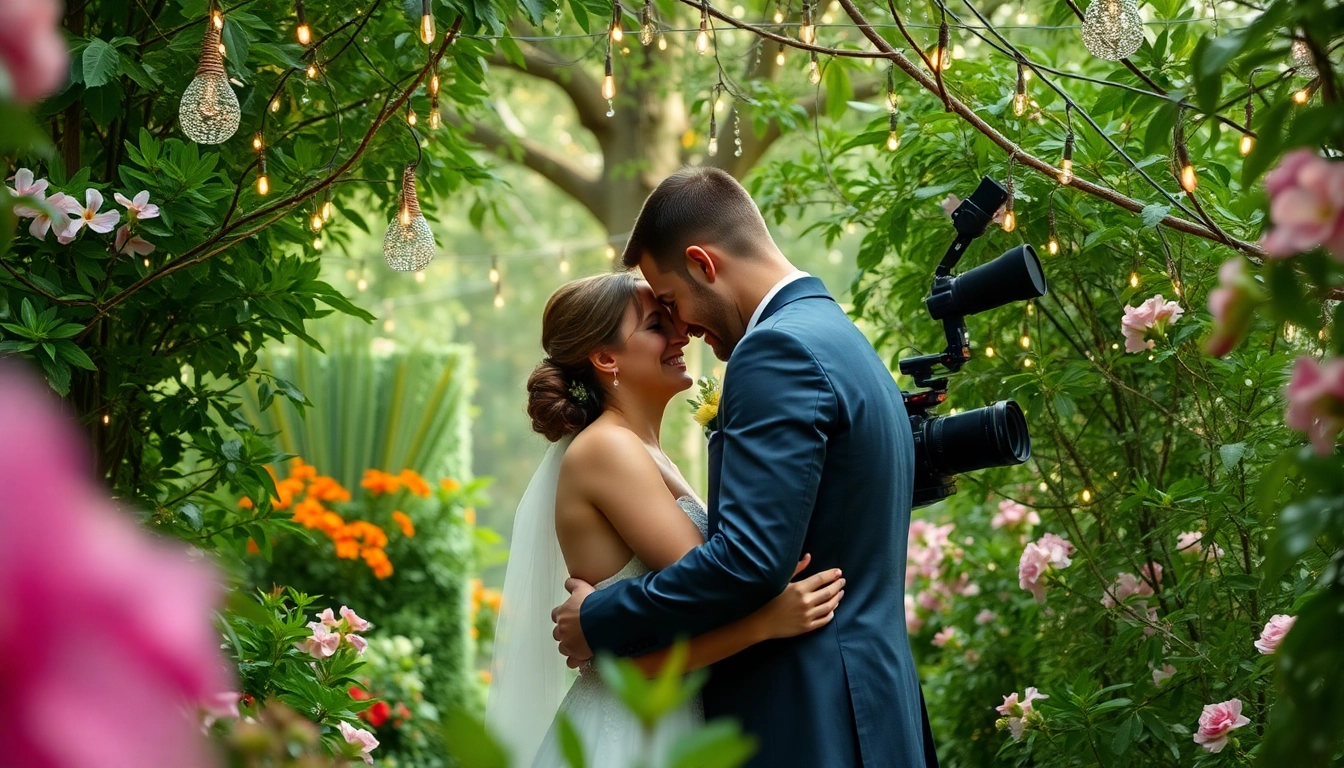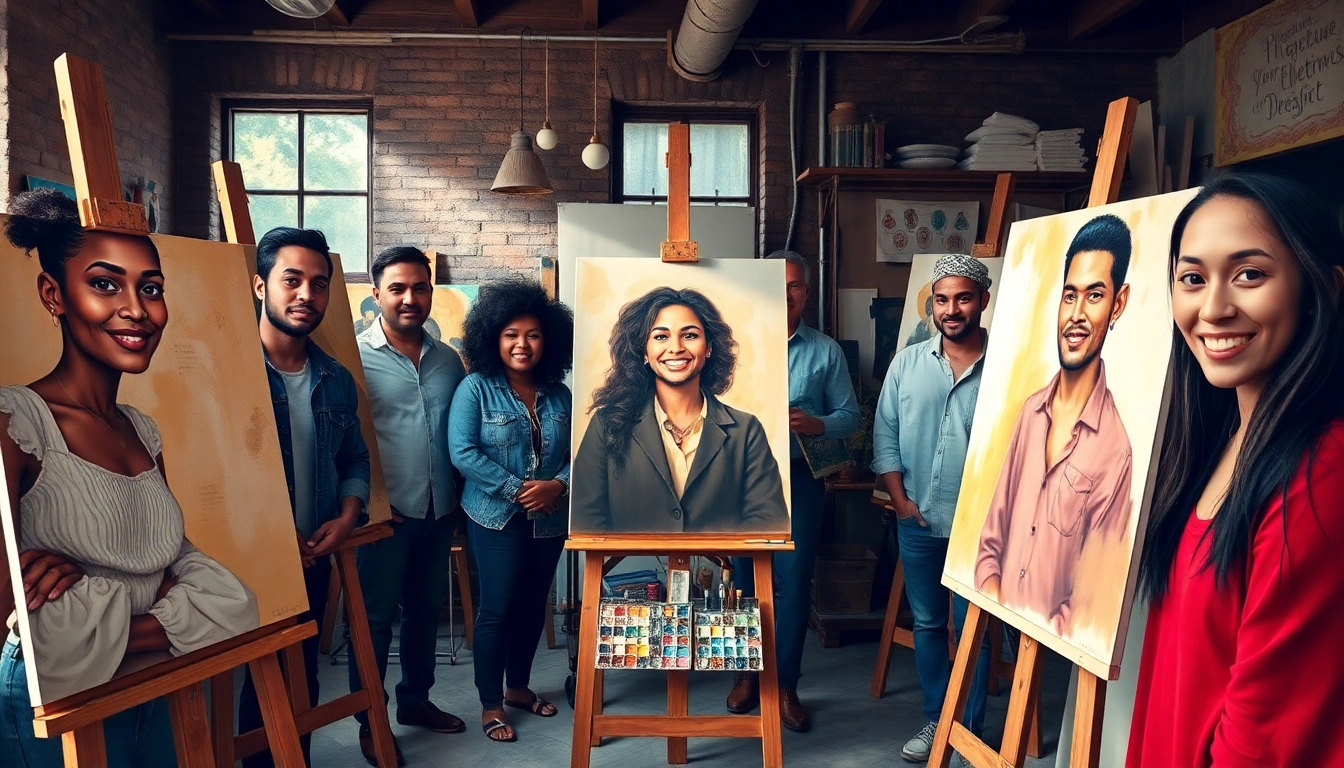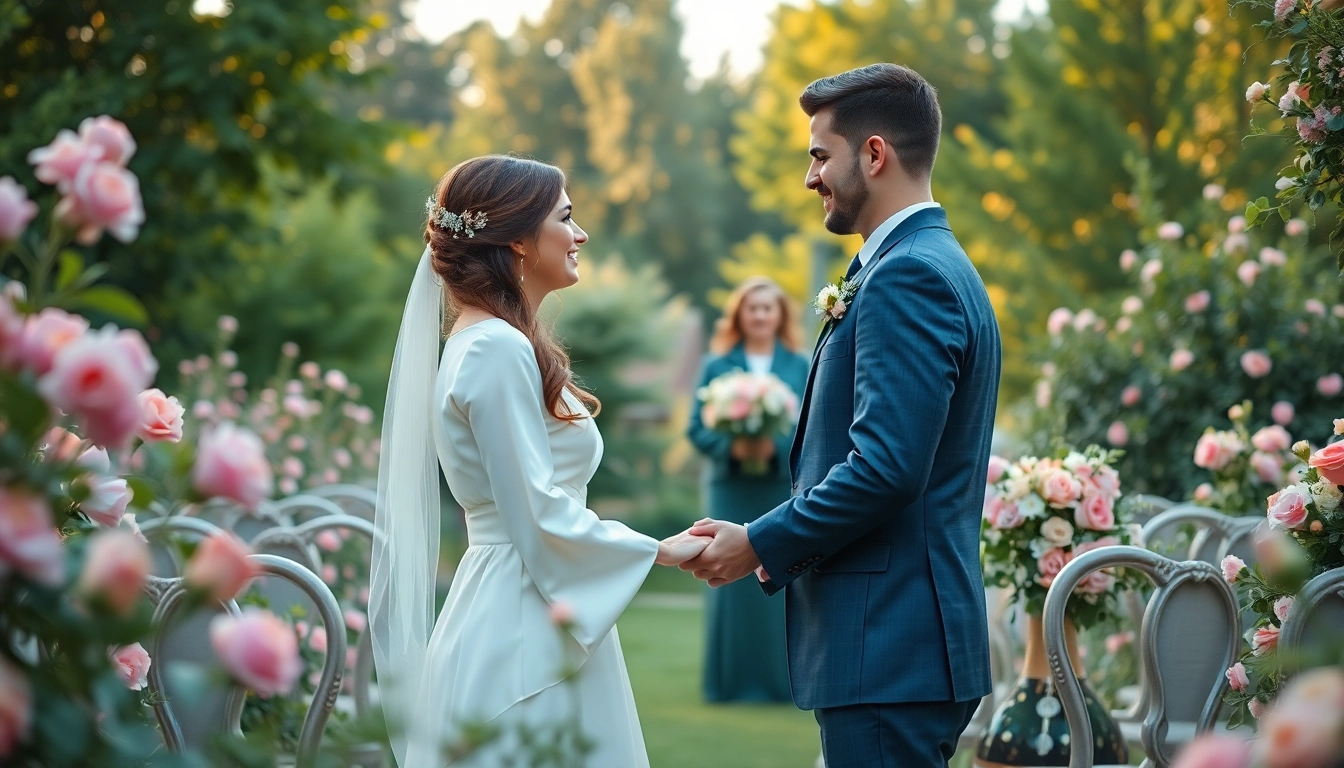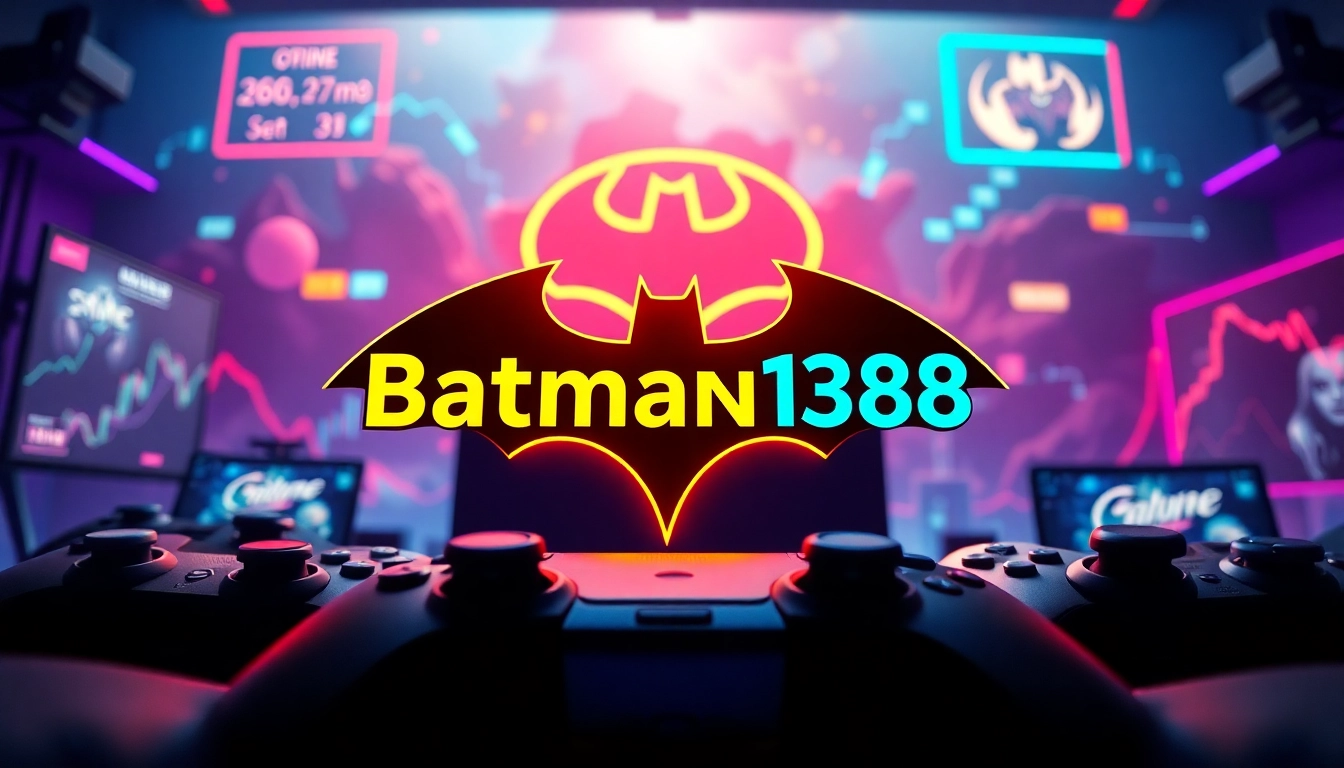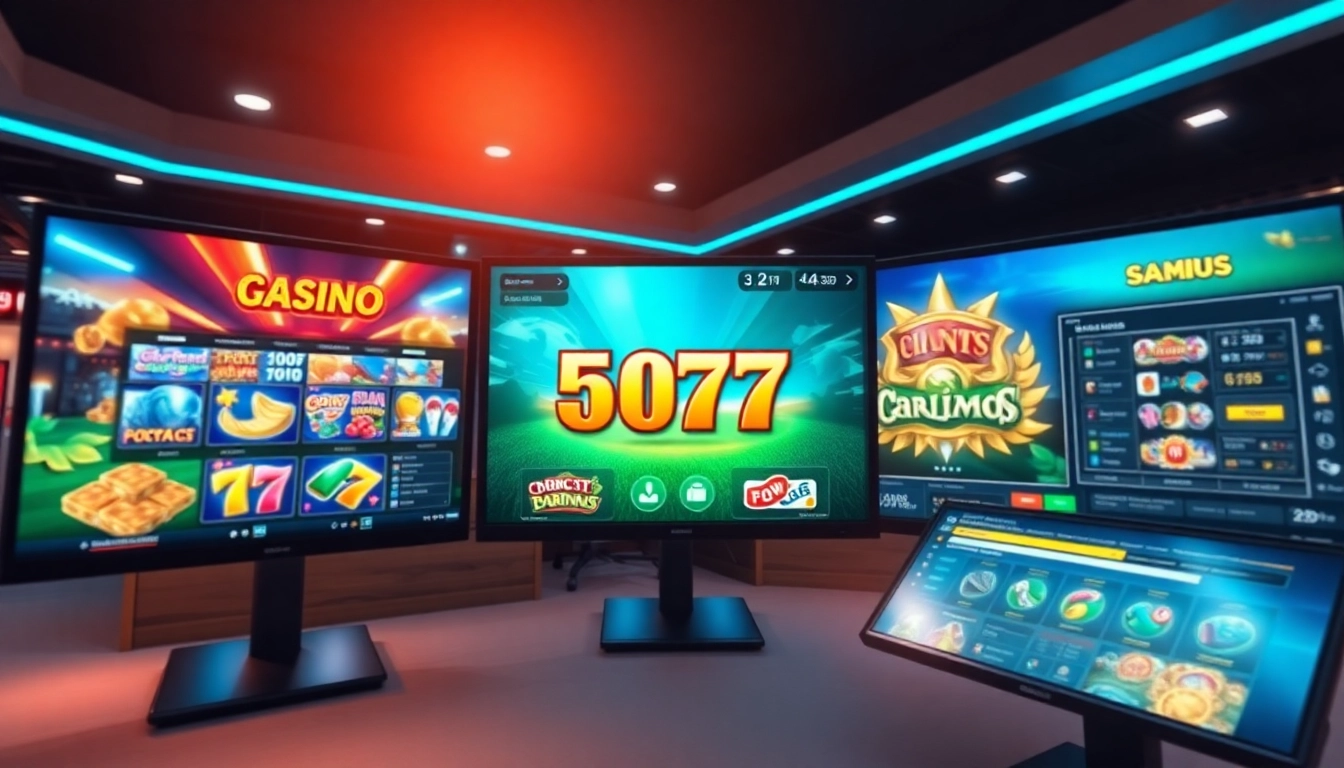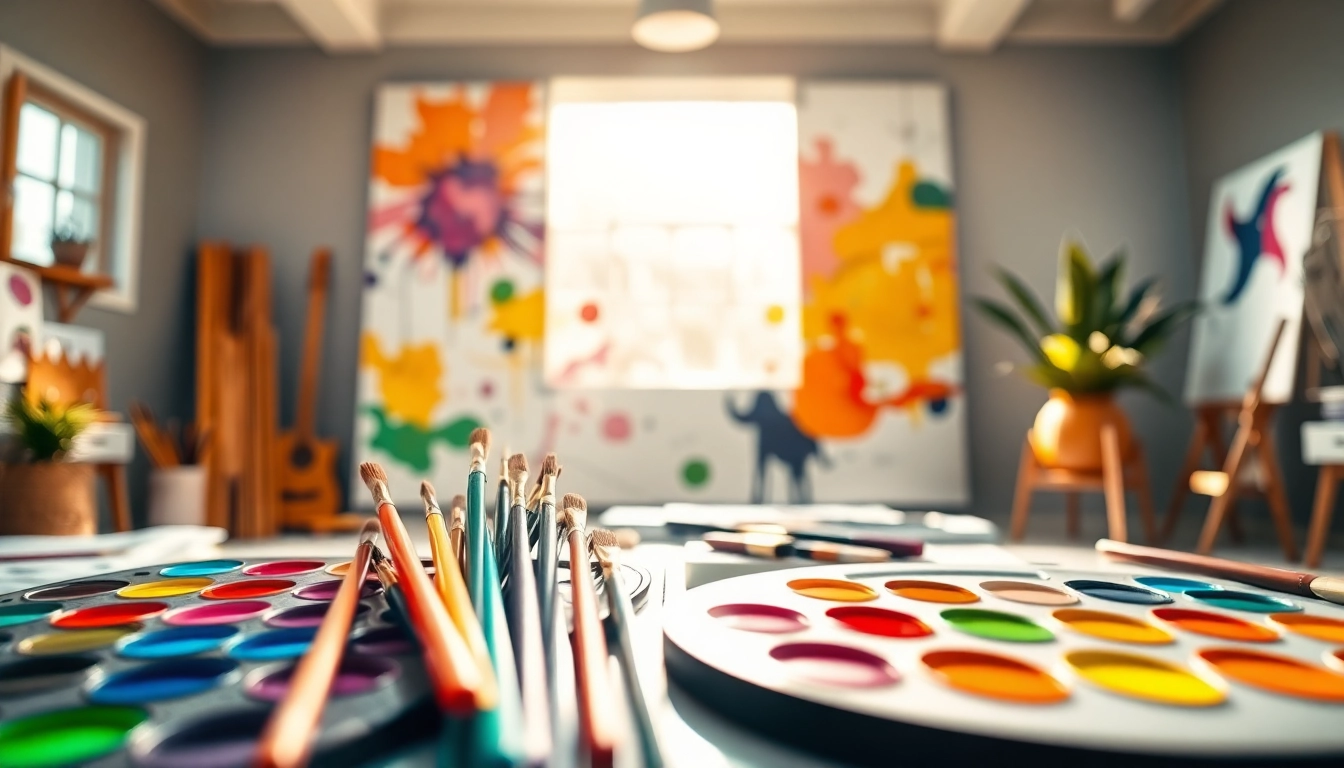
What Are Visual Aesthetics?
Definition and Importance
Visual aesthetics refers to the principles and elements that contribute to the beauty and attractiveness of visual compositions. It encompasses numerous factors, including color, shape, texture, and layout, all of which play essential roles in how viewers perceive and interact with visual stimuli. The importance of visual aesthetics cannot be understated; they serve as the first point of engagement in any visual medium, whether it be art, branding, or digital design. Effective use of visual aesthetics can evoke emotions, convey messages, and ultimately drive decision-making processes.
In an increasingly competitive landscape, mastering visual aesthetics can significantly enhance the perception of quality and professionalism of a brand or artwork. Poor aesthetics can not only alienate users but also diminish their interest and trust in a product or brand. Conversely, well-executed visual aesthetics can captivate and retain audiences, translating into tangible benefits such as increased sales and loyalty.
Historical Context and Evolution
The concept of visual aesthetics has evolved considerably over centuries. From ancient civilizations that employed color and form to enhance the beauty of their art and architecture to the modern digital age, the approach to aesthetics has been influenced by cultural shifts and technological advancements. In the Renaissance, for instance, a renewed emphasis on humanism led to a focus on proportion, perspective, and the harmonious use of colors in painting and sculpture.
With the advent of the Industrial Revolution and later, the Digital Revolution, the ways in which aesthetic values are expressed transformed dramatically. The rise of graphic design and digital media introduced new avenues for creative expression, allowing artists and designers to explore aesthetics in more dynamic and innovative ways. Today, visual aesthetics continue to adapt, integrating features from various disciplines and technologies to appeal to contemporary audiences.
The Role of Visual Aesthetics in Art and Design
Visual aesthetics play a critical role in art and design, where the successful conveyance of a message can depend heavily on aesthetic choices. Artists often utilize color theory, composition techniques, and materials to evoke specific responses and communicate deeper meanings. In design, whether it be graphic design, web design, or product design, visual aesthetics are crucial for usability and user experience.
Aesthetic considerations can dramatically alter how a piece of work is perceived. For instance, minimalist design tends to suggest sophistication and elegance, while vibrant, complex designs may communicate energy and creativity. The chosen aesthetic can either reinforce or undermine a theme, making it imperative for creators to thoughtfully consider their visual language.
Elements of Visual Aesthetics
Color Theory and Its Impact
Color theory is one of the foundational elements of visual aesthetics. It involves the use of color to create visual harmony and emotional resonance. A color wheel is often utilized to understand complementary colors, analogous colors, and triadic color schemes, helping artists and designers make informed decisions about color combinations.
Colors can evoke distinct psychological responses; for example, warm colors like red and orange are often linked with energy and excitement, while cool colors like blue and green tend to evoke calmness and serenity. Understanding these associations allows creators to strategically choose colors based on the emotional tone they wish to elicit from their audience.
Composition Techniques for Effective Design
Composition refers to the arrangement of visual elements within a piece of work, which significantly shapes viewer perception. Various composition techniques, such as the Rule of Thirds, balance, and focal points, can guide designers and artists in creating more effective layouts.
The Rule of Thirds, for example, suggests dividing an image into thirds both horizontally and vertically to create points of interest at the intersections. This technique, often used in photography and visual art, can lead to more engaging and balanced compositions that naturally draw the viewer’s eye.
Texture and Form in Visual Communication
Texture and form also contribute vital aspects of visual aesthetics. Texture pertains to the surface quality of an object or image, whether it be smooth, rough, soft, or hard. It can add depth and interest, influencing how the audience perceives a visual element. Forms, or the shapes highlighted in the design, help to convey structural integrity and can evoke certain sentiments or associations themselves. For instance, organic forms may evoke naturalness or fluidity, while geometric forms often communicate stability and order.
Practical Applications of Visual Aesthetics
Using Visual Aesthetics in Branding
In branding, aesthetic choices are pivotal in communicating brand identity. Visual elements such as logo design, color schemes, typography, and imagery all serve to convey the essence of a brand. A consistent aesthetic across all brand touchpoints translates into a cohesive identity that can foster brand recognition and loyalty.
Take Starbucks as an example; its green and white color scheme, combined with its iconic mermaid logo, creates a firm brand identity that is recognized globally. The aesthetic choices made in branding not only influence perception but also contribute to emotional connections, which can be as critical as the product or service offered.
Enhancing User Experience with Visual Elements
User experience (UX) design heavily relies on visual aesthetics to create intuitive and engaging interfaces. Effective UX combines usability and aesthetics to enhance the overall experience of interacting with a digital product. For example, visual hierarchy helps users navigate content more efficiently, where headings, font sizes, and colors guide attention and comprehension.
Interactive elements—such as buttons, animations, and feedback—also play important roles in enhancing usability. Thoughtfully designed visual aesthetics not only improve aesthetics but can also minimize user frustration and increase satisfaction, leading to a more successful product.
Case Studies of Effective Visual Aesthetics
Consider the case of Airbnb, whose platform combines simplicity and beauty through its clean, inviting design. With a focus on imagery and intuitive navigation, users can easily browse accommodations and experiences. The aesthetic choices reflect Airbnb’s brand values of community and belonging.
Another notable case is Apple, where sleek design and minimalism are at the forefront. Apple’s products are known for their sophisticated aesthetics, which promote the idea of innovation and quality. Their consistent approach to visual aesthetics across marketing materials reinforces their brand message, exemplifying how aesthetics can profoundly influence consumer behavior.
Measuring the Impact of Visual Aesthetics
Performance Metrics in Visual Communication
Measuring the effectiveness of visual aesthetics involves evaluating performance metrics that indicate audience interaction and satisfaction. Metrics such as bounce rate, click-through rate (CTR), and conversion rate help ascertain how well a design is performing. Analyzing these figures in conjunction with aesthetic elements allows designers and marketers to fine-tune their strategies for better impact.
For instance, A/B testing can be used to assess the effectiveness of different design variations, enabling a data-driven approach to refine visual aesthetics based on user feedback and responsiveness.
Feedback and User Engagement Analysis
User feedback is invaluable for assessing the impact of visual aesthetics. Surveys, interviews, and usability testing can provide insights into how users perceive and interact with visual elements. Engaging users in direct feedback sessions often uncovers qualitative aspects of user experience that numbers alone cannot reveal, allowing designers to make informed decisions on aesthetic adjustments.
Tools for Assessing Visual Aesthetic Value
Several digital tools can assist in evaluating visual aesthetics. Heatmaps reveal where users click or hover their mouse on a webpage, providing insights into how effectively visual elements are guiding user behavior. Additionally, tools like Google Analytics can help measure performance metrics that inform aesthetic decisions, ensuring that visual choices align with user expectations and needs.
Moreover, platforms like Crazy Egg and Hotjar offer heat mapping services that visually represent user engagement, allowing designers to refine layouts and enhance user interaction based on solid data.
Future Trends in Visual Aesthetics
Digital Innovations Shaping Visual Language
The future of visual aesthetics is being influenced by rapid digital innovations such as augmented reality (AR) and virtual reality (VR). These technologies are creating opportunities for immersive experiences that have profound implications for aesthetic design. They enable designers to create environments and experiences that were once merely a part of fiction, tapping into users’ senses in new and engaging ways.
Furthermore, the rise of AI-powered design tools is streamlining the creative process, allowing designers to generate visual content faster and with increased precision. As the software landscape continues to evolve, we can expect to see enhanced customization options that allow brands to create more personalized aesthetics tailored to individual users.
Integrating Emerging Technologies with Aesthetic Design
Emerging technologies like machine learning and data analytics are additionally influencing how aesthetics are applied. By analyzing user data, designers can identify patterns and preferences, enabling them to create tailored aesthetic experiences. This integration of technology with artistic expression opens up new avenues for enhancing visual narratives that resonate with diverse audiences.
Aesthetic design is also increasingly incorporating responsive layouts that adapt to various screen sizes and orientations, ensuring that visual elements remain engaging across platforms. As our interactions with technology evolve, so too will the principles governing visual aesthetics.
Challenges and Opportunities Ahead
While the future of visual aesthetics holds plenty of promise, it also presents challenges. The rapid pace of technological innovation can lead to overwhelming choices for designers, making it vital to focus on aspects that foster genuine user engagement rather than on fleeting trends. Moreover, as consumer expectations rise, the demand for high-quality, visually appealing experiences increases.
Despite these challenges, opportunities abound for those who can adapt to the changing tides of visual aesthetics. Brands and designers that remain attuned to the evolving landscape and incorporate user feedback will be well-positioned to create powerful visual narratives that captivate and inspire audiences, leveraging the timeless principles of aesthetics in exciting new ways.
